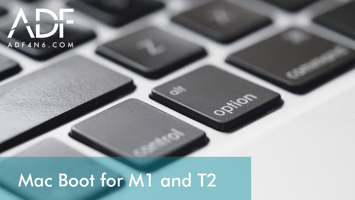Digital forensics has become an indispensable tool for government agencies. As technology advances...
Memory Forensics: Effective Digital Forensics Investigations Basics
RAM dump forensics, also known as memory analysis or live analysis, is a crucial aspect of digital forensics. It involves analyzing the contents of a computer's volatile memory (RAM) to extract useful information such as passwords, network connections, running processes, and system configuration data. RAM dump forensics can investigate various types of incidents, including malware infections, data theft, and insider attacks.
The best investigators understand that RAM captureis an important first step in computer triage. Below you’ll learn the basics of RAM dump forensics, its importance, and some of the tools and techniques used in the analysis.
Why is RAM Dump Forensics Important?
RAM dump forensics is important for a forensic investigation for several reasons. Firstly, volatile memory is an essential source of information in digital forensics investigations. It contains data that is not available in other sources, such as disk images or network captures. Secondly, RAM dump forensics provides critical insights into the behavior of malware and other malicious software. By analyzing the contents of memory, forensic analysts can determine the actions taken by the malware, such as files it has created or modified, network connections it has established, and data it has exfiltrated.
Finally, RAM dump forensics can investigate insider threats. An insider attacker may use volatile memory to carry out their attack, such as running malicious code in memory or stealing data from memory. By analyzing the contents of memory, forensic analysts can identify the activities of the insider attacker and the data they have accessed or stolen.
Tools and Techniques Used in RAM Dump Forensics
Here are some of the most commonly used tools for RAM capture:
- Memory Acquisition Tools - These tools capture a snapshot of a computer's memory. Some examples of ADF tools that provide this functionality include Digital Evidence Investigator, Triage-Investigator, and Triage-G2.
- Memory Analysis Frameworks - These are comprehensive frameworks that provide a range of tools and techniques for analyzing memory. Examples include Volatility Framework and Rekall Framework.
- Static Analysis Tools - These tools analyze memory contents without executing any code. They can extract information such as running processes, network connections, and registry keys. Examples include Process Explorer and TCPView.
- Dynamic Analysis Tools - These tools are used to execute code in memory and analyze its behavior. They identify malware and other malicious software. Examples include Cuckoo Sandbox and INetSim.
RAM dump forensics is an essential aspect of digital forensics investigations. ADF Solutions computer forensic tools make it easy for investigators to capture RAM in 2 easy steps.






